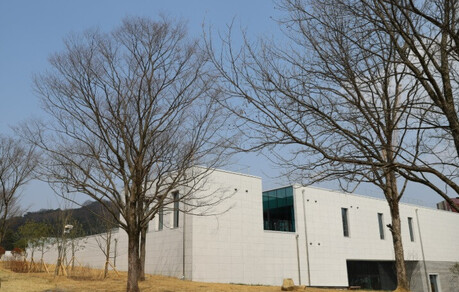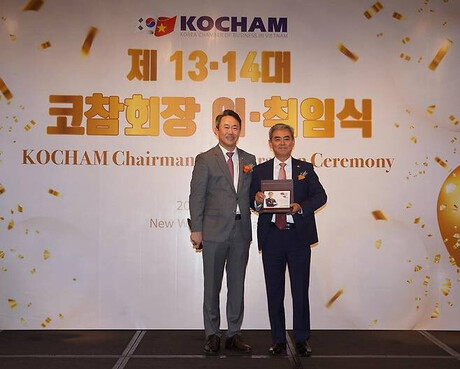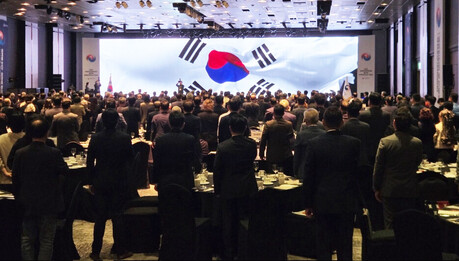
The world is getting older, and while that's a testament to human progress, it also presents a significant challenge to economies and societies. As life expectancies rise and birth rates fall, a demographic shift is underway that could strain healthcare systems, deplete workforces, and threaten economic stability. But as experts and policymakers are beginning to realize, this doesn't have to be a crisis. By acting strategically and swiftly, we can turn increased longevity into a powerful engine for economic growth and a source of greater well-being for all.
The numbers are striking. By 2050, the global population of people aged 60 and over is projected to nearly double to 2.1 billion. This remarkable increase is happening alongside a decline in fertility rates in many parts of the world, creating a "double punch" that threatens to leave a shortage of young workers to support a ballooning older population. This demographic imbalance poses a risk to everything from GDP growth to the sustainability of pension and healthcare systems.
Pat Tomlinson, President and CEO of Mercer, notes that a growing number of C-suite executives and policymakers worldwide are recognizing the urgency of this issue. According to Mercer’s 2025 Executive Outlook Study, 80% of executives feel they could be doing more to mitigate the risks associated with an aging workforce. Tomlinson believes the path forward lies in a collaborative effort between the public and private sectors focused on three key areas: healthcare, workforce, and retirement.
Keeping the Workforce Healthy and Engaged
With people living longer, it's inevitable that many will live with chronic health issues for a portion of their lives. This will place a heavy burden on public healthcare systems. The private sector can play a vital role in alleviating this pressure. By offering comprehensive health benefits and promoting preventive care, employers can help sustain a productive and engaged older workforce. This also supports younger generations by reducing the need for them to take on caregiving roles, which often fall disproportionately on women, and can force them to take time out of the workforce.
Rethinking the traditional retirement age is another critical component. To counter falling birth rates and a shrinking labor pool, economies need to find creative ways to keep older workers in the workforce. Solutions like phased retirement, job-sharing programs, and flexible work arrangements can appeal to this demographic. Furthermore, technology, particularly artificial intelligence (AI), can help boost productivity in a smaller or older workforce. Employers must prioritize reskilling and training to help workers adapt to new technologies and job roles. Governments, too, can provide incentives for retirees to re-enter the workforce, as seen with Singapore's Part-Time Re-employment Grant or Denmark's significant investment in adult education.
Reimagining Retirement for a Longer Lifespan
The current design of many retirement systems is simply not equipped to support a population living decades longer than previous generations. Without significant reform, hundreds of millions of retirees could face poverty, leading to reduced spending and lower GDP. This issue is particularly acute for women, who often live longer, earn less, and take more time off for caregiving, leaving them with an even greater shortfall in their retirement savings.
One potential solution is to transition towards more sustainable pension models. The Netherlands, for example, is moving from a defined benefit to a defined contribution system, where a person’s final pension depends on their individual contributions and investment returns. Other countries are making targeted adjustments; Chile’s policy-makers, for instance, allow women to receive retirement benefits after just 10 years of contributions, compared to 20 for men, to account for their longer lifespans.
Ultimately, increased longevity is a cause for celebration. It signals a healthier, more prosperous world. But to ensure it remains a blessing and not a burden, we need to adapt our systems to this new reality. By focusing on keeping people healthy, engaged in the workforce, and financially secure through their longer lives, we can navigate the challenges of an aging population and build a future where everyone, regardless of age, can thrive.
[Copyright (c) Global Economic Times. All Rights Reserved.]






























